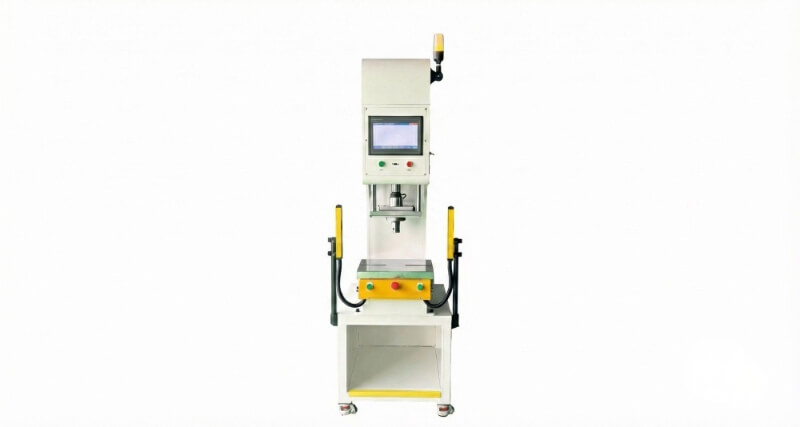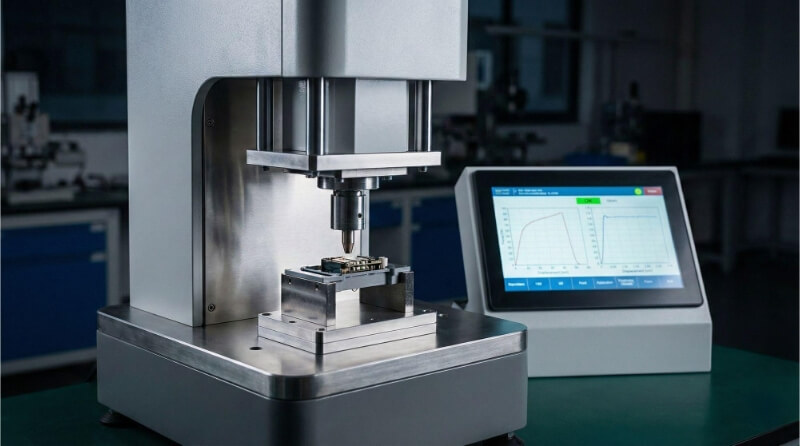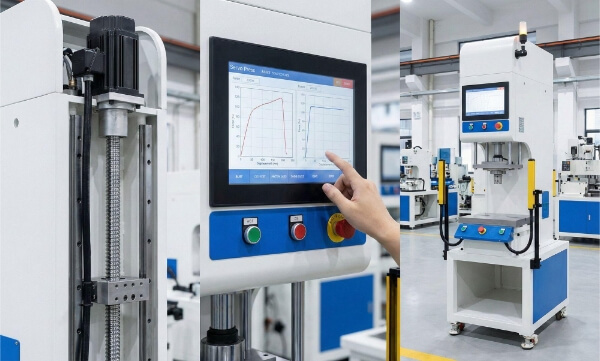Have you ever wondered which blasting method is best for surface preparation? Sandblasting and bead blasting are two popular techniques. Each has its benefits and considerations. Let’s look at each to help you decide which is right for your needs.
The main difference between sandblasting and bead blasting is the material used and the result. Sandblasting uses rough sand particles, which can be aggressive. This makes it great for heavy-duty cleaning. Bead blasting, however, uses smooth, spherical beads. It creates a gentler finish, better for delicate surfaces or when you need more precision.
When choosing between sandblasting and bead blasting, consider your material and the type of finish you want. Let’s examine the key differences.
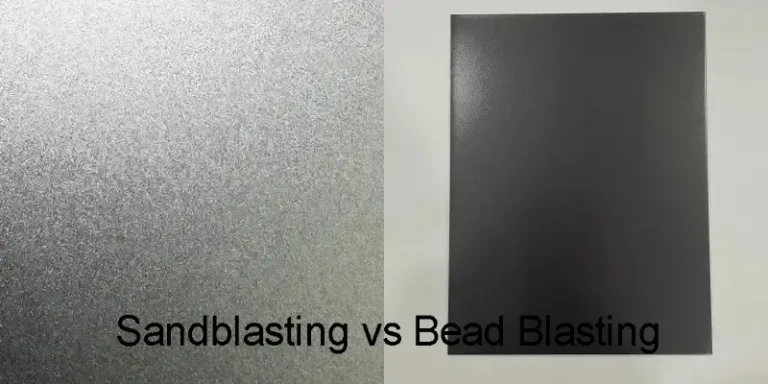
What is Sandblasting?
Sandblasting, also called abrasive blasting, is a process that uses compressed air to blast an abrasive material onto a surface. The force of the impact cleans, smooths, or roughens the surface. The result depends on the material being worked on and the blasting method used. The particles are typically made from sand, which is why it’s called sandblasting.
Sandblasting removes dirt, rust, paint, or other contaminants from rough or rugged surfaces. It’s highly effective on metals like steel or aluminum, but it can leave behind an abrasive texture that might not be desired for all projects.
Materials Used in Sandblasting
The most common material used in sandblasting is silica sand, but other abrasives can be used depending on the desired finish and material type. These include:
- Aluminum oxide: For more challenging, more abrasive blasting tasks.
- Glass beads: For polishing and achieving a smooth finish.
- Steel grit: Used for cleaning and preparing metal surfaces.
- Garnet: A high-performance abrasive used for tough cleaning jobs.
Equipment for Sandblasting
The equipment for sandblasting generally includes the following:
- Blasting Cabinet: A sealed environment where the object being cleaned is placed.
- Air Compressor: Provides the necessary pressure to propel the abrasive media.
- Blast Hose: The conduit through which the abrasive is directed at the surface.
- Nozzles: These are used to control the flow and velocity of the media.
- Protective Gear: Sandblasting requires safety equipment like goggles, gloves, and respirators due to the airborne particles.
Common Applications of Sandblasting
Sandblasting has a wide range of uses across different industries, including:
- Cleaning metal surfaces: Removing rust, paint, and other contaminants.
- Surface preparation: Roughening surfaces to improve the adhesion of coatings, paints, or adhesives.
- Etching: Creating intricate designs on glass, stone, or other materials.
- Concrete cleaning: Removing dirt, stains, or old coatings from concrete surfaces.
- Restoration: Cleaning and restoring items like statues, historical buildings, and automotive parts.
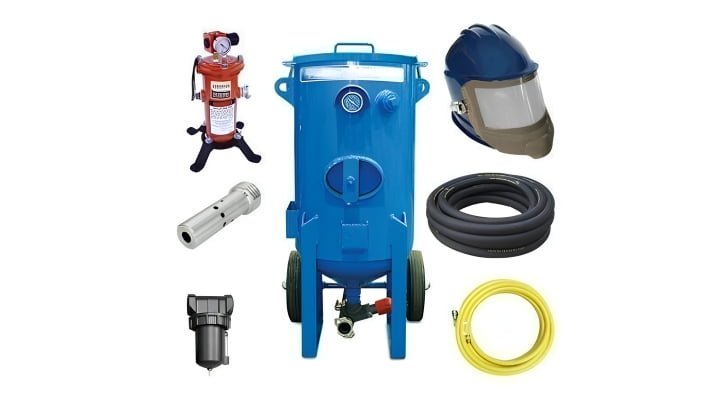
What is Bead Blasting?
Bead blasting uses small, spherical beads, usually glass or ceramic. These beads are shot at lower speeds than in sandblasting, resulting in a smoother, more polished finish. Bead blasting is often used when a clean, even surface is needed, especially on softer materials like aluminum or titanium.
The main benefit of bead blasting is that it won’t damage delicate materials. It’s a gentler process, making it ideal for finishing applications where keeping the surface intact is essential.
Types of Media Used in Bead Blasting
The media used in bead blasting comes in different types, each offering specific benefits depending on the application:
- Glass Beads: Commonly used for polishing, glass beads produce a smooth, matte finish without damaging the material.
- Plastic Beads: Softer than glass, these are ideal for cleaning delicate parts or materials that could be scratched or weakened by harsher abrasives.
- Ceramic Beads: Used for more complex surfaces, and when a more aggressive finish is needed, these beads offer a higher level of abrasion.
- Steel Beads: Used for heavy-duty applications, steel beads provide a more aggressive impact and are ideal for industrial tasks.
Equipment for Bead Blasting
Bead blasting requires specific equipment to ensure precise and controlled application of the abrasive media:
- Blasting Cabinet: A controlled environment where the parts to be cleaned or polished are placed. The cabinet is sealed to contain the media and prevent contamination.
- Air Compressor: Provides the necessary pressure to propel the beads toward the surface.
- Blast Hose and Nozzle: The hose directs the media to the surface, while the nozzle controls the flow and impact of the beads.
- Dust Collector: Essential for maintaining a clean workspace, this helps to collect the spent beads and dust to keep the process efficient and safe.
- Protective Gear: Like goggles, gloves, and respirators, this equipment is necessary to protect the operator from flying particles and dust.
Common Applications of Bead Blasting
Bead blasting is commonly used in industries where precision and surface aesthetics are essential. Some typical applications include:
- Surface Polishing: Ideal for giving metals, plastics, and glass a smooth, matte finish, bead blasting enhances the appearance without altering the object’s shape.
- Cleaning Delicate Parts: Bead blasting is perfect for cleaning parts sensitive to aggressive abrasives, such as those in the automotive, aerospace, and medical industries.
- Aluminum and Stainless Steel Finishing: Produces a uniform, corrosion-resistant surface on metals that require high aesthetic standards.
- Deburring: It helps remove minor imperfections or sharp edges from manufactured parts, improving the appearance and safety of components.
- Restoration and Preservation: Used for cleaning antiques, restoring historical artifacts, and preserving delicate surfaces without causing damage.
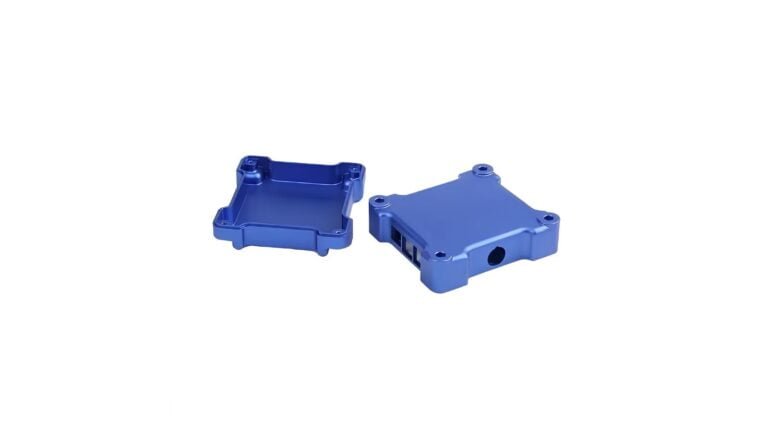
Key Differences Between Sandblasting and Bead Blasting
Both sandblasting and bead blasting are commonly used methods to treat metal surfaces. However, they offer unique benefits depending on the application. Let’s break down the key differences:
Abrasive Media Comparison
Sandblasting uses sand as the abrasive material. Sand is hard and coarse, making it effective for stripping tough layers. However, it can be rough on the surface.
Bead blasting uses smaller, round glass, ceramic, or steel beads. These beads are smoother and gentler, making them ideal for softer materials and tasks that require a finer finish.
Surface Texture and Finish Quality
Sandblasting creates a rougher surface texture because of the sand’s high-speed impact. This is great for adding texture or removing thick coatings.
Bead blasting, however, gives a smoother, more polished finish. The beads create a uniform surface, perfect for a clean, refined look without roughness.
Speed and Efficiency of the Processes
Sandblasting works faster because the abrasive particles are larger and heavier. It covers more area in less time. However, the rough finish may require more cleanup afterward.
Bead blasting, being gentler, works more slowly. But it requires less refinishing, offering more precise control over the final surface.
Dust and Waste Management
Both processes produce dust and waste. Sandblasting creates more dust and debris due to the impact of the abrasive material. This means more dust control and cleanup are needed.
Bead blasting, with its smaller beads, creates less dust and waste, making it a cleaner process overall. The beads also last longer than sand, reducing waste.
Cost-Effectiveness of Sandblasting vs Bead Blasting
Sandblasting is usually more cost-effective for heavy-duty cleaning or stripping tasks. The abrasives are generally cheaper, and the process covers large areas quickly.
Bead blasting tends to be more expensive because the finer beads and slower process cost more. However, the smoother finish and reduced damage may make the extra cost worthwhile for delicate or high-precision tasks.
Quick Comparison
Here’s a quick comparison of sandblasting and bead blasting in table form:
| Feature | Sandblasting | Bead Blasting |
|---|---|---|
| Abrasive Media | Coarse sand | Small, round beads (glass, ceramic, steel) |
| Surface Texture | Rougher, more textured | Smoother, polished |
| Finish Quality | More aggressive, can leave rough surface | Finer, uniform, cleaner finish |
| Speed & Efficiency | Faster, covers large areas quickly | Slower, more precise but detailed |
| Dust & Waste | More dust and debris, requires cleanup | Less dust, cleaner process |
| Cost-Effectiveness | More cost-effective for heavy-duty tasks | More expensive, but precise and clean |
Sandblasting vs Bead Blasting: Pros and Cons
Here’s a quick look at the advantages and disadvantages of both sandblasting and bead blasting to help you determine which method is best for your surface treatment needs:
Sandblasting: Pros and Cons
Pros:
- Fast Process: Sandblasting covers large areas quickly, making it ideal for heavy-duty cleaning and surface preparation.
- Cost-Effective: The abrasives used (sand) are generally cheaper, reducing the overall cost of the process.
- Versatile: Effective on harsh, durable surfaces like steel and concrete.
- Great for Stripping: Ideal for removing heavy coatings, rust, or contaminants from hard surfaces.
Cons:
- Rougher Finish: The process creates a coarse surface, which may not be suitable for all applications.
- Dust & Waste: High dust generation and waste accumulation, requiring extra cleanup and ventilation.
- Potential Material Damage: The aggressive nature of sandblasting can damage softer materials or delicate components.
Bead Blasting: Pros and Cons
Pros:
- Smoother Finish: Produces a fine, polished surface, making it ideal for precision work and delicate materials.
- Gentle on Materials: Less likely to damage or distort softer materials like aluminum or titanium.
- Cleaner Process: Produces less dust and waste, creating a cleaner work environment.
- Ideal for Finishing: Great for applications where surface integrity and appearance are crucial.
Cons:
- Slower Process: Bead blasting is more time-consuming than sandblasting, especially for larger areas.
- Higher Cost: The materials (beads) and slower process can make bead blasting more expensive than sandblasting.
- Limited Aggression: Not as effective for heavy-duty cleaning or removing thick layers of material.
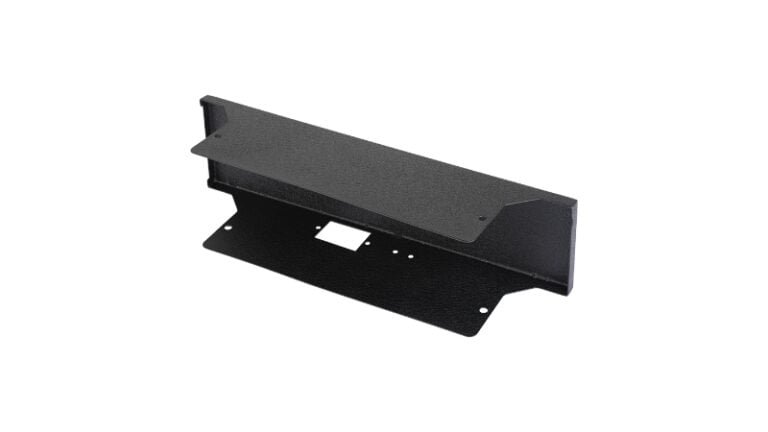
How to Choose Between Sandblasting and Bead Blasting?
Choosing between sandblasting and bead blasting depends on several factors. Here’s what to consider when making your decision:
Factors to Consider: Material, Finish, and Purpose
- Material Type: If you’re working with tough materials like steel or concrete, sandblasting is a better option because of its aggressive nature. For softer metals, like aluminum or titanium, bead blasting is gentler and helps preserve material integrity.
- Finish Requirements: Sandblasting is ideal if you need a rougher, more textured surface for better adhesion or coating. If a smooth, polished finish is required for aesthetics or precision, bead blasting provides a finer result.
- Purpose of the Process: Consider whether you need to clean, strip, or smooth the surface. Sandblasting excels in stripping paint or rust, while bead blasting is better for polishing and finishing delicate components.
Cost vs. Benefit Analysis
- Initial Cost: Sandblasting tends to be more cost-effective upfront due to the lower cost of abrasives and quicker process time. It’s better suited for heavy-duty tasks and large surface areas.
- Long-Term Investment: Bead blasting may cost more upfront because of its slower process and expensive beads. However, the added expense may be worthwhile for jobs requiring finer finishes and material preservation.
- Efficiency: Sandblasting is faster and can cover large areas, making it more efficient for large projects. Bead blasting is slower but offers greater precision and a higher-quality finish, making it suitable for smaller, more detailed jobs.
Long-Term Durability and Results
- Sandblasting: Over time, sandblasting can lead to wear and tear on softer materials due to the abrasiveness of the process. However, it’s perfect for surfaces that need to endure rougher conditions or when you want to create a more aggressive texture for coatings.
- Bead Blasting: The smoother finish provided by bead blasting is more durable in the long run, especially for components requiring minimal surface wear. It’s ideal for applications with a refined surface critical to performance or appearance.
Conclusion
Choosing between sandblasting and bead blasting depends on the material you’re working with, the type of finish you need, and the project’s overall goals. Sandblasting is ideal for heavy-duty cleaning, stripping, and roughening surfaces quickly and cost-effectively. On the other hand, bead blasting is perfect for achieving a smooth, polished finish on delicate materials, providing greater precision and cleaner results.
Ready to start your next project? Contact us today to learn how we can help with your surface treatment needs and find the best solution for your manufacturing process.
More Resources:
Eco-Friendly Surface Preparation – Source: Ajecoblasting
How sandblasting removes rust – Source: Airblast AFC
Surface Preparation Equipment – Source: SurfacePrep
Hey, I'm Kevin Lee

For the past 10 years, I’ve been immersed in various forms of sheet metal fabrication, sharing cool insights here from my experiences across diverse workshops.
Get in touch

Kevin Lee
I have over ten years of professional experience in sheet metal fabrication, specializing in laser cutting, bending, welding, and surface treatment techniques. As the Technical Director at Shengen, I am committed to solving complex manufacturing challenges and driving innovation and quality in each project.

